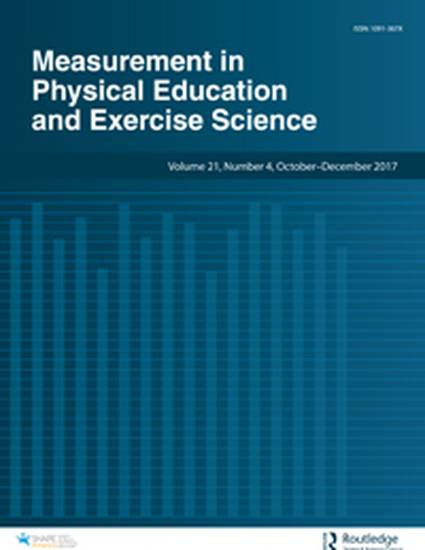
The study aimed to explore how weight changes from childhood to adolescence influenced the performances of physical fitness. The participants (N = 115) were pre-tested when they were in kindergarten, first, or second grades (mean age = 7.25). The same participants were post-tested again after 6 years. The President’s Challenge test battery was used in the study. A repeated measure multivariate analysis of variance (MANOVA) was conducted to examine the effects of time and body mass index (BMI) change on participants’ fitness performances. Results showed that participants who maintained normal weight made greater improvements in the performances of sit-ups, flexed-arm hang, and shuttle run tests than those who became or maintained overweight/obese weight status. Additionally, children who maintained normal weight were 6.21 times more likely to achieve healthy fitness zone (HFZ) standards for the 1-mile run post-test. The findings highlight the importance of maintaining normal body weight during elementary school years in achieving better physical fitness.
Available at: http://works.bepress.com/yong_gao/40/
